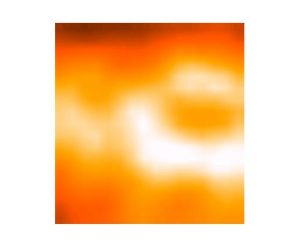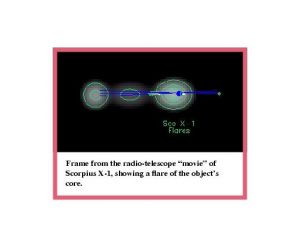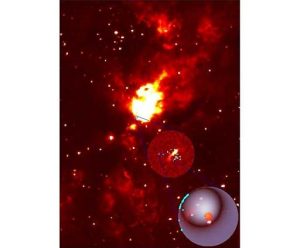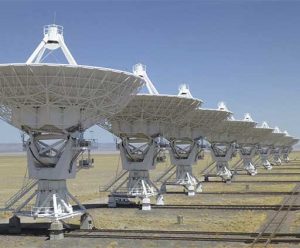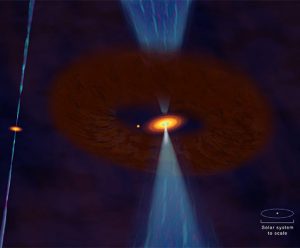Astronomers using the National Science Foundation’s 140-foot radio telescope at the National Radio Astronomy Observatory in Green Bank, W.Va., have discovered a highly unusual, massive interstellar cloud that appears poised to begin a burst of star formation.
Dramatic Movie of a Cosmic Jet
Astronomers using a world-wide collection of radio telescopes, including the National Science Foundation’s Very Long Baseline Array of the National Radio Astronomy Observatory, have made a dramatic movie of a voracious, superdense neutron star repeatedly spitting out subatomic particles at nearly the speed of light.
Young Star Burping Spheres of Gas
A young star more than 2,000 light-years away in the constellation Cepheus may be belching out spheres of gas, ejecting them repeatedly — phenomena not predicted by current theories of how young stars shed matter.
First Radio Emission Seen from a Brown Dwarf
A group of summer students making a long-shot astronomical gamble with the National Science Foundation’s Very Large Array have found the first radio emission ever detected from a brown dwarf.
VLA’s Sharpened Vision Sees Still-forming Star
Using a new observing capability of the National Science Foundation’s Very Large Array radio telescope, astronomers have discovered a solar-system-sized disk of gas and dust feeding material onto a young star with 8 to 10 times the mass of the Sun.
Young Galaxy is Surrounded by Star Fuel
Looking more than 12 billion years into the past, the scientists found that the young galaxy experiencing a burst of star formation was surrounded by enough cold molecular gas to make 100 billion suns.






